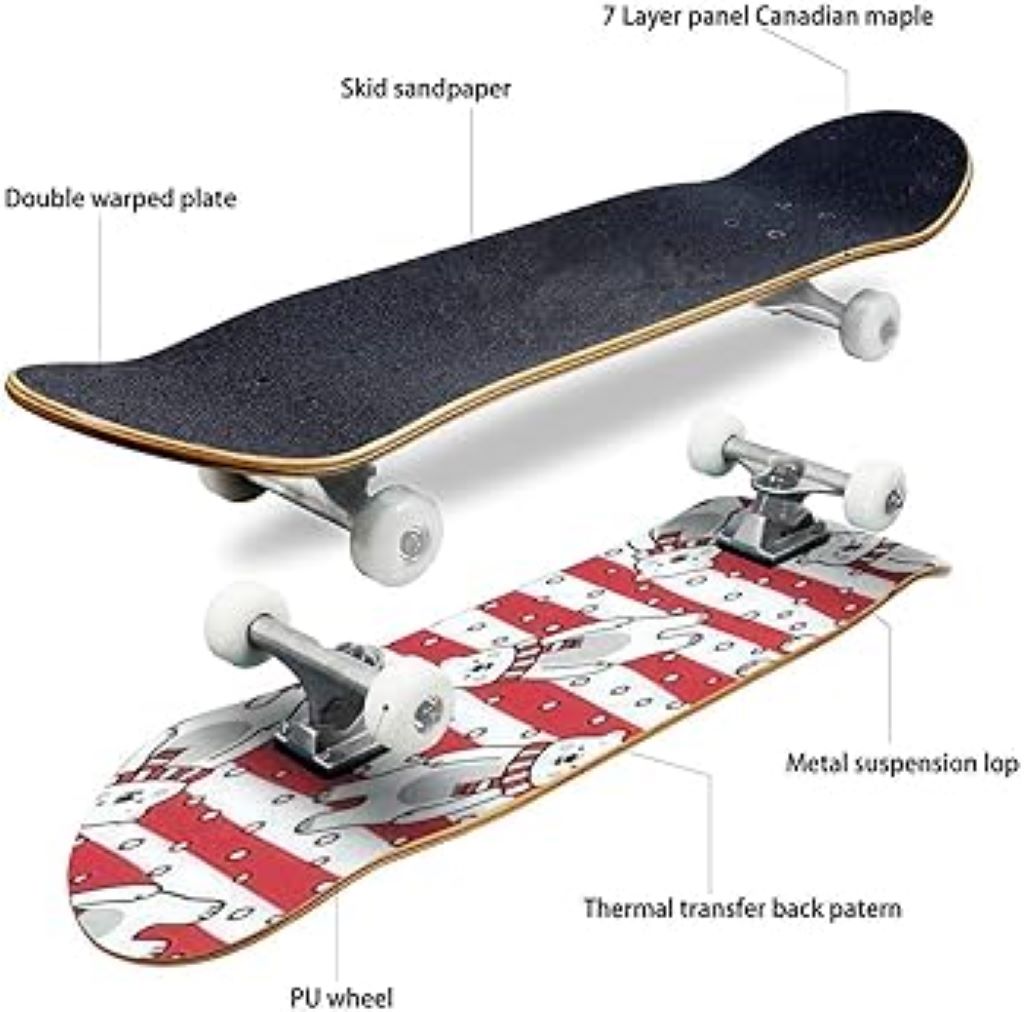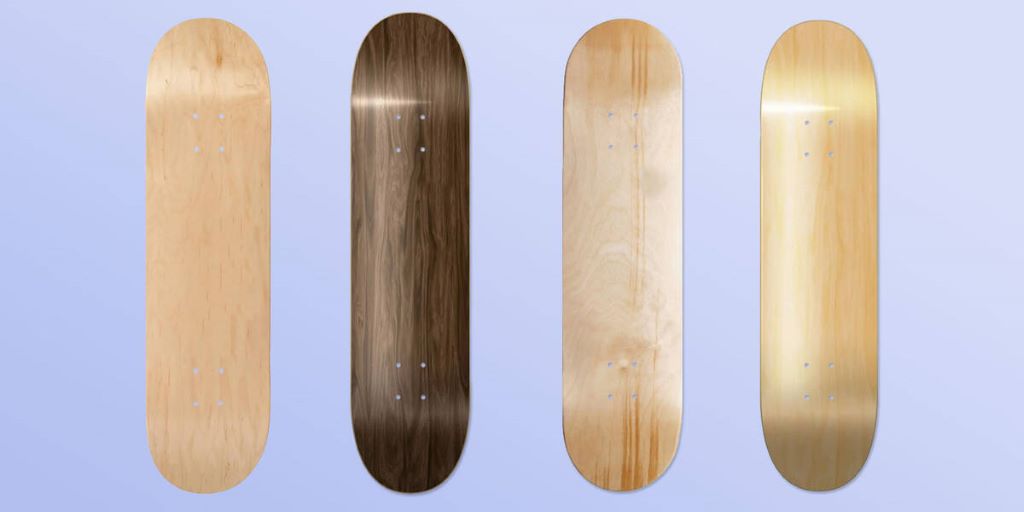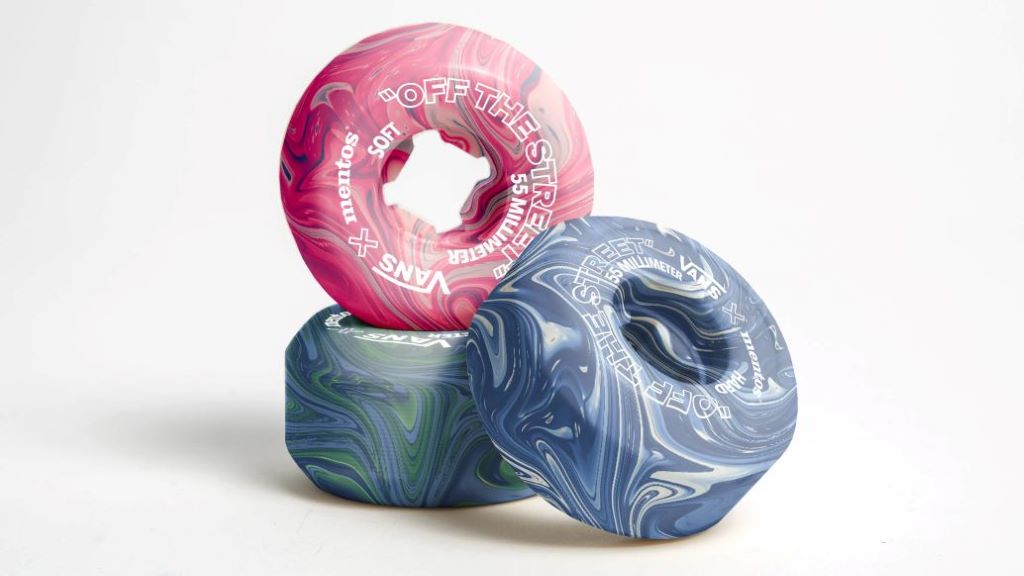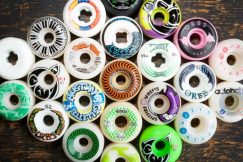Skateboarding isn’t just a sport; it’s a lifestyle and a form of self-expression. One of the most exciting ways to put your stamp on your skating experience is by modifying your deck. Whether you’re aiming for enhanced performance, a unique look, or simply want to experiment, DIY deck modifications offer a world of possibilities.
Why Modify Your Deck?
- Personalized Performance: Tailoring your deck’s dimensions, concave, and grip tape setup can drastically change how it feels and responds to your skating style.
- Unique Aesthetics: From custom graphics to unusual shapes, deck modifications let you stand out at the skatepark or on the streets.
- Experimentation & Learning: The process of modifying your deck is a great way to learn more about skateboard construction and how different elements impact your ride.
- Budget-Friendly: DIY modifications are often more affordable than buying a completely new, customized deck.
Common DIY Deck Modifications
- Changing the Shape:
- Cutting the Nose/Tail: This can make the deck lighter and easier to flip, but it also reduces the overall standing platform.
- Widening: Increasing the width provides more stability and foot space, particularly helpful for larger feet or certain tricks.
- Creating Unique Shapes: While more complex, some skaters craft entirely new shapes to suit their personal preferences.
- Adjusting the Concave:
- Sanding: Carefully sanding the edges of the concave can make the deck feel less sharp and more comfortable.
- Adding Risers/Wedges: These can increase or alter the concave, influencing how the board locks into your feet.
- Grip Tape Art:
- Cutouts & Patterns: Creating intricate designs or simple patterns in the grip tape adds personality and flair.
- Multiple Colors: Mixing grip tape colors can highlight different sections of the deck or create a visually striking effect.
Important Considerations Before You Start
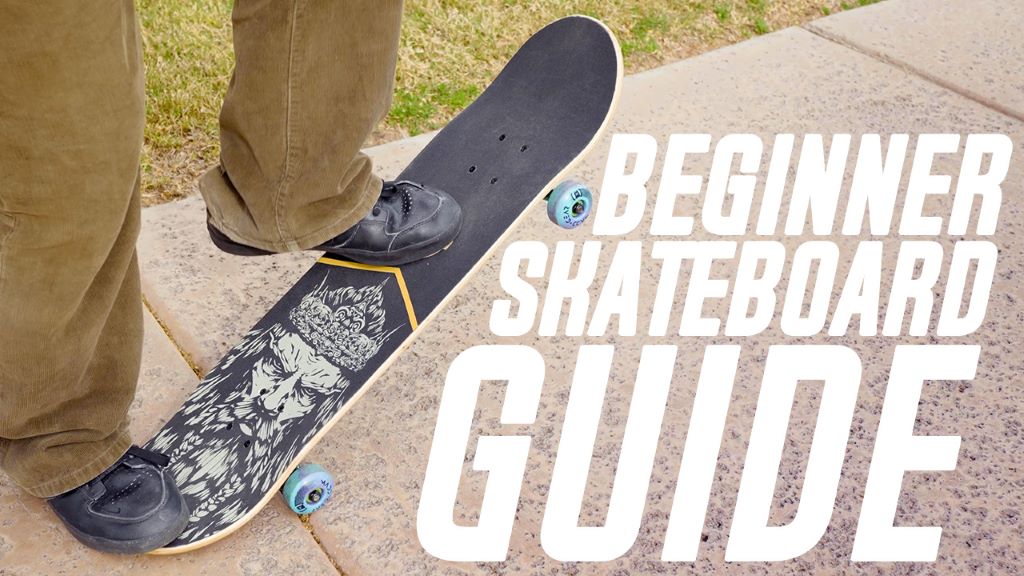
Safety First: Always wear safety glasses and a mask when cutting or sanding. Work in a well-ventilated area.
- Tools & Materials: Gather all the necessary tools (saw, sandpaper, grip tape, etc.) before you begin. Research proper techniques and safety precautions.
- Start Simple: If you’re new to modifications, start with small changes and gradually progress to more complex projects.
- Irreversible Changes: Cutting or sanding your deck is permanent, so plan carefully and be sure you’re comfortable with the potential outcomes.
- Warranty: Modifying your deck may void the manufacturer’s warranty, so keep this in mind.
Advanced Modifications
Related: From Rusty to Ready: The Complete Skateboard Revival Guide
Experienced skaters may delve into:
- Wheelbase Adjustments: Changing the distance between the trucks can significantly affect stability and turning radius.
- Custom Graphics: Design and apply your artwork to the bottom of the deck for a truly personalized touch.
- Resin/Fiberglass Layering: This can strengthen the deck and add durability, but it’s a more complex process.
Tips for Success
- Research: Watch tutorials, read articles, and seek advice from experienced skaters before starting your project.
- Measure Twice, Cut Once: Carefully plan and mark your modifications before making any permanent changes.
- Practice Makes Perfect: Don’t be discouraged if your first attempts aren’t flawless. Like skateboarding itself, deck modification is a skill that improves with practice.
- Share Your Creations: Show off your customized deck online or at the skatepark to inspire others and get feedback.
Let Your Creativity Flow!
DIY deck modification is a fun and rewarding way to personalize your skateboarding experience. Don’t be afraid to experiment, express your creativity, and create a ride that’s truly yours.
Disclaimer: Skateboarding involves inherent risks. Always wear protective gear and skate responsibly.

